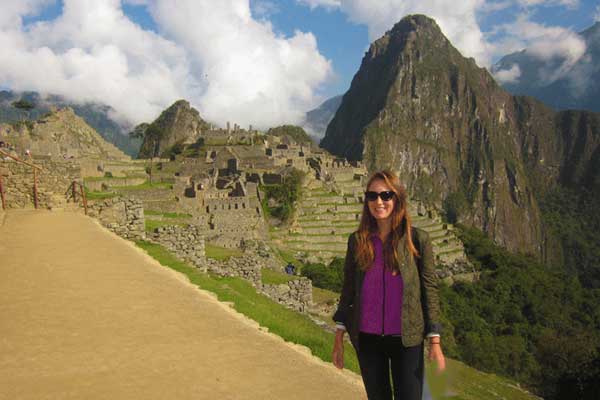Machu Picchu is a sight to be marvelled at. It’s a Peruvian delight and the country’s most popular tourist destination. It's also one of the world’s greatest historical sights.
In this article, we have created a list of the most interesting Machu Picchu facts and figures. Teaching you about its architecture, origin and features, this is the perfect knowledge guide to the ancient site.
Facts about Machu Picchu
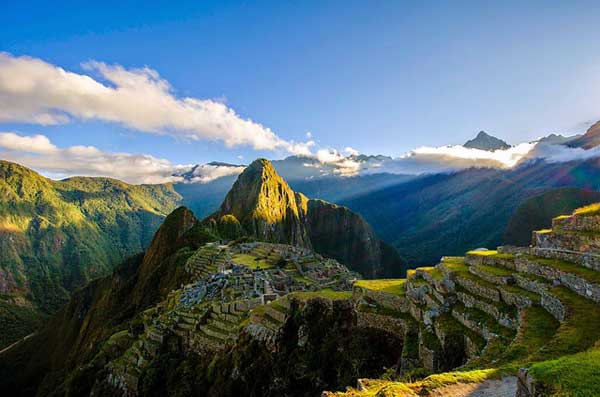
1. Machu Picchu’s Purpose Is Still A Mystery
Why Machu Picchu was built in the mid-15th Century is still unknown. Historians, however, have narrowed it down to two possibilities. The first is that the ancient site was a spiritual place of worship for the Inca people. Those who believe this think that some of the sites while trekking on the Inca Trail suggest it was a spiritual retreat to honour nature.
The second possibility is that the ruin was built for Emperor Pachacuti as a country residence. Most historians tend to agree with the former, though.
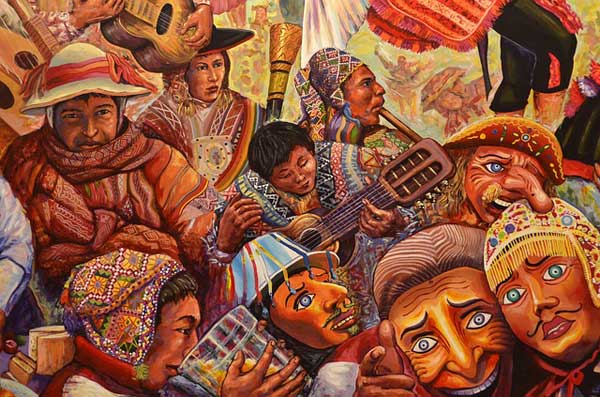
2. The Meaning Of ‘Machu Picchu’
The name of the site means ‘Old Peak’ in Quechua. Quechua is the name of the people of the central Andes in South America and the languages they speak. We think it’s a pretty fitting name for something built in the 1450s.
3. The Discovery of Machu Picchu
Machu Picchu laid abandoned until the summer of 1911, at least 120 years after it was originally built.
Hiram Bingham, an American archaeologist, travelled to Peru with a small team. They were trying to find a different archaeological ruin while travelling on foot and with donkeys when they stumbled upon a local farmer.
The farmer told them that there were some ruins located at the top of a nearby mountain. Bingham and his team discovered Machu Picchu in the search for Vilcabamba.
In his best-selling book, 'The Lost City of the Incas', which you can purchase on Amazon, Bingham told the world of his discovery.
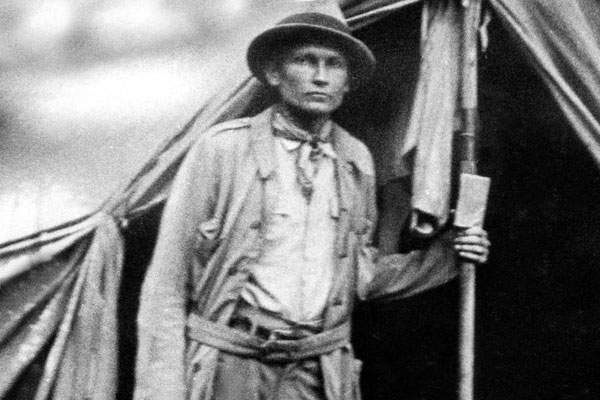
4. Bingham Was Wrong
As we said earlier, Bingham was searching for Vilcabamba and found Machu Picchu instead. He spent his whole life arguing that Machu Picchu was the same site as Vilcabamba, something only proved wrong after his death.
In 1956, it was established that Vilcabamba was probably built in the jungle about 50 miles west of Machu Picchu. As well as this, many people do not believe it was ever the ‘Lost City’ he described it as. There is now a great but tough Vilcabamba Trek seldom attempted by general tourists and requires some trekking experience.
When Bingham arrived at Machu Picchu, there were three families living on it already and peasant people living in the Sacred Valley all knew about the ruin.
So, as it turns out, Bingham was wrong about pretty much all of it. He is accredited with bringing such an archaeological delight to the attention of the world, though. And for that, we are thankful.
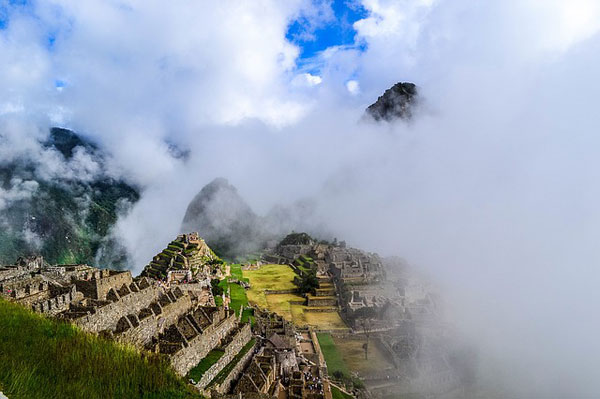
5. Machu Picchu Height
When it comes to height, Machu Picchu is not the tallest mountain in the world. It stands at 2,430m high and the rate at which you actually ascent the mountain is what causes the altitude sickness trekkers may experience.
In relation to other famous heights, Machu Picchu is taller than the Burj Khalifa, the world’s tallest building in Dubai, and smaller than Mount Kilimanjaro.
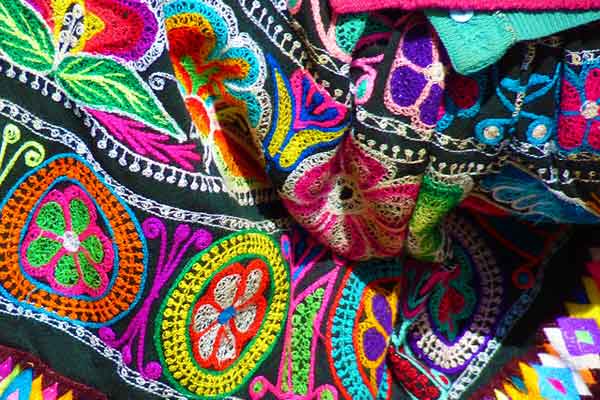
6. The Incas Were Incredibly Crafty
Adding further to the interest in Machu Picchu’s history is the way in which it was constructed, Nearby the city, a quarry was used to craft the stones used to make around 200 buildings at Machu Picchu. The Incas used their classic style to build it with dry polished walls.
Their technique is called ashlar – a process in which stones are cut and moulded specifically to fit together. Some features on Machu Picchu are so perfectly constructed that it is almost impossible to get a blade of grass between them.
As well as this, most of the Inca people’s best work is underground. The foundations below Machu Picchu are extremely deep and have crushed rock used for the purpose of drainage. This system is especially useful even now for trekkers in the wet season…
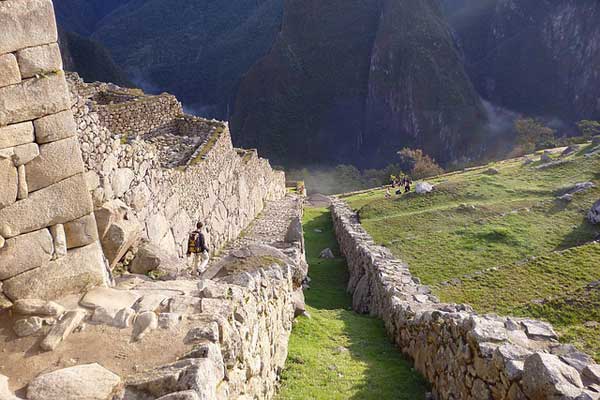
7. Routes for Hiking Machu Picchu
There are nine routes in the Sacred Valley that trekkers take for a view of Machu Picchu, or to end up directly at it.
The most famous and most popular is the Inca Trail. It is believed to be the route that the Inca people took when heading to Machu Picchu all those years ago and allows trekkers to arrive directly at the ancient ruin.
However, there are other routes to take that offer a range of cultural experiences and learning opportunities that the Inca Trail doesn’t. They include the Salkantay Trek, the Inca Jungle Trek, the Lares Trek and many more.
It’s worth checking out alternative routes if you wish to avoid crowds or just to make sure you’ve chosen a route you will thoroughly enjoy.
See all hikes to Machu Picchu.
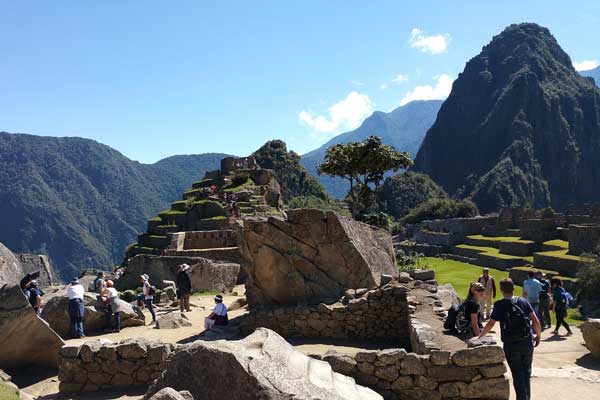
8. The Impact of Tourism on Machu Picchu
Since the 1980s, the number of visitors to Machu Picchu has only increased. In the 1980s, around 100,000 people visited the archaeological wonder and the number peaked at 1.2 million in 2013. This was a whopping 700% increase in tourism.
Of course, tourism comes with its negatives. Erosion, traffic congestion and pollution usually plague popular tourist destinations and Machu Picchu is no exception. As a result of tourism, there are no trekkers allowed during the whole month of February. Instead, trails are being restored and maintenance kept up.
Since 2012, the government have made it compulsory for anyone trekking on the Inca Trail to carry a permit. There are only 500 of these per day – around half of which are for porters and guides.
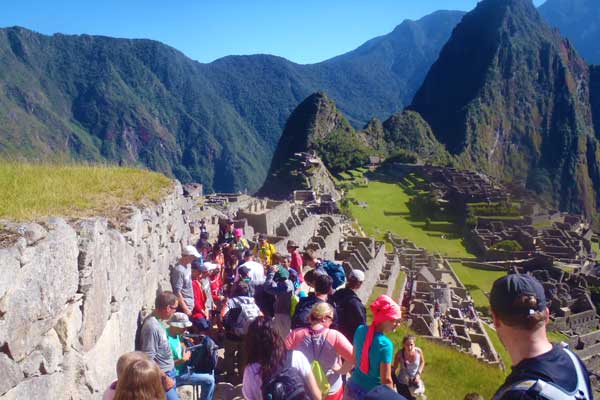
Photo By Inca Trail Marathon
9. There Is A Machu Picchu Marathon
Believe it or not, there is a race on Machu Picchu each year. At 26 miles, it is just shy of a marathon and it’s pretty insane to think about. The current record is three hours and twenty-six minutes. We are most impressed.
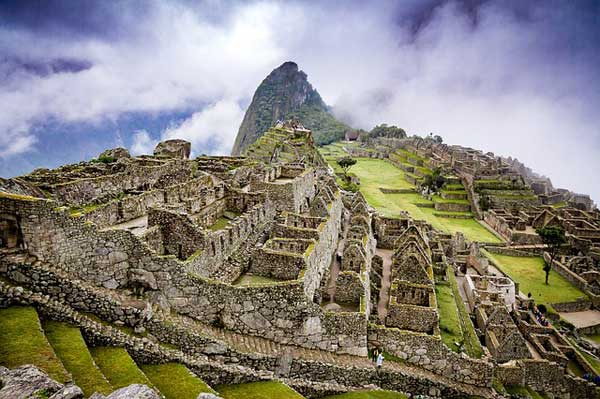
10. Machu Picchu Has Many Mysteries To Be Solved
You may be thinking there’s nothing left to know about Machu Picchu now. If so, you’re not entirely right. In fact, Machu Picchu is still a mystery to the world. When trekking slightly off from the central ruins, there are side paths that lead into thick foliage.
Nobody knows where exactly they lead you and as the jungle grows quickly in the area surrounding the ruin, there are probably unknown ruins to be found just metres away from trekkers. In a world where we seem to have the answers for everything, Machu Picchu is an exception. Adventure is still definitely out there.

